Cooking sheep’s heart might not be the most common culinary endeavor for many home cooks, but it is a highly nutritious and flavorful ingredient in various cuisines around the world. From traditional dishes in Mediterranean countries to hearty stews in colder climates, sheep’s heart offers a rich source of protein, iron, and other essential nutrients. However, preparing it correctly can be a challenge, especially for those unfamiliar with cooking offal. One of the most crucial aspects of cooking sheep’s heart is ensuring that it is properly cooked to enhance its taste, texture, and safety. This article will delve into the specifics of how to determine if sheep’s heart is cooked to perfection.
Understanding Sheep’s Heart
Before diving into the cooking process, it’s essential to understand the basic structure and characteristics of sheep’s heart. Like any other animal’s heart, sheep’s heart is a muscular organ that pumps blood throughout the body. It consists of four chambers: two atria (upper chambers) and two ventricles (lower chambers). The texture of sheep’s heart can vary depending on the age and breed of the sheep, but it is generally firm and somewhat dense.
When purchasing sheep’s heart, look for a firm, slightly moist piece with a clean, slightly sweet smell. Avoid hearts that have a strong odor or appear slimy, as these may be signs of spoilage. Fresh sheep’s heart should be stored in the refrigerator and used within a few days for optimal freshness.
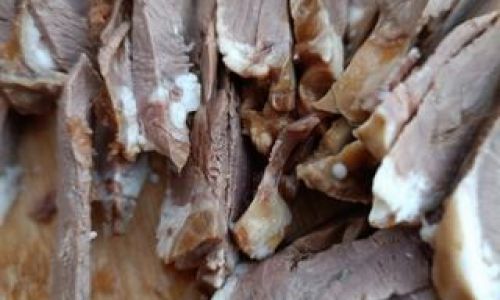
Preparation Techniques
Before cooking sheep’s heart, it requires thorough cleaning and trimming. Start by rinsing the heart under cold running water to remove any blood or debris. Use a sharp knife to trim away any excess fat, sinew, or connective tissue. This step is crucial for ensuring a tender, pleasant-tasting final dish.
Once cleaned, you can choose to cook the heart whole or cut it into smaller pieces, depending on your recipe. If cooking whole, you may need to pierce the heart with a fork or knife in several places to allow heat to penetrate evenly.
Cooking Methods
There are several methods for cooking sheep’s heart, each yielding different textures and flavors. Common techniques include boiling, braising, grilling, and roasting.
Boiling
Boiling is a straightforward and effective way to cook sheep’s heart, especially if you’re aiming for a tender, mild flavor. Place the cleaned heart in a large pot and cover it with water. Add salt, peppercorns, and aromatic vegetables like onions, carrots, and celery for added flavor. Bring the water to a boil, then reduce the heat to a simmer and cook until the heart is tender.
To determine if the heart is cooked, use a fork or skewer to pierce it. The fork should slide in easily without resistance, and the juices should run clear. An alternative method is to use a thermometer; sheep’s heart should reach an internal temperature of around 160°F (70°C) for safe consumption.

Braising
Braising involves cooking the heart slowly in a small amount of liquid, often with vegetables and aromatic spices, in a covered pot. This method tenderizes the meat and allows flavors to meld together. Start by searing the heart on all sides in a hot pan with a bit of oil to create a flavorful brown crust. Then, transfer it to a pot with the braising liquid and cook over low heat until tender.
As with boiling, check for doneness by piercing the heart with a fork. The meat should be tender and easily pull apart with a fork. The internal temperature should also reach 160°F (70°C).
Grilling
Grilling sheep’s heart offers a smoky, charred flavor that many people enjoy. Cut the heart into steaks or smaller pieces, season with salt, pepper, and your favorite herbs, and grill over medium-high heat until well-browned and cooked through.
To ensure the heart is cooked properly on the grill, use a thermometer to check the internal temperature. Aim for 160°F (70°C) and be mindful of the cooking time, as overcooking can lead to a dry, tough texture.
Roasting
Roasting sheep’s heart in the oven can produce a caramelized exterior and juicy interior. Season the heart with salt, pepper, and herbs, place it on a roasting rack or in a baking dish, and roast at a moderate temperature (around 375°F or 190°C) until tender.
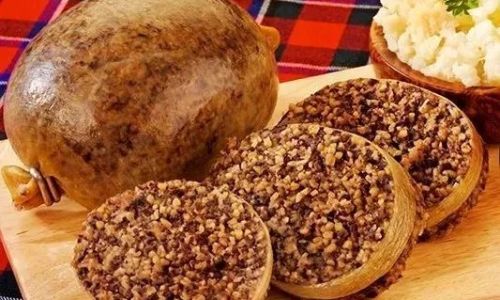
Again, use a thermometer to check for doneness, aiming for an internal temperature of 160°F (70°C). The heart should be golden brown on the outside and tender and juicy on the inside.
Final Considerations
Regardless of the cooking method, there are a few final considerations to ensure your sheep’s heart is cooked to perfection:
-
Resting Time: Once cooked, allow the heart to rest for a few minutes before slicing or serving. This helps redistribute juices within the meat, ensuring a moist and flavorful final dish.
-
Seasoning and Sauce: Don’t overlook the importance of seasoning and sauce. Proper seasoning can elevate the flavor of the heart, while a well-made sauce can add depth and complexity.
-
Texture Preferences: Some people prefer a more tender, falling-apart texture, while others enjoy a firmer, more chewy bite. Adjust your cooking time accordingly to meet your personal preferences.
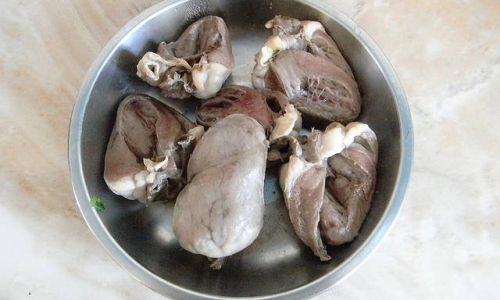
-
Safety First: Always ensure the internal temperature of the heart reaches at least 160°F (70°C) to kill any potential bacteria and ensure safe consumption.
In conclusion, cooking sheep’s heart can be a rewarding culinary experience, provided you understand the proper techniques for determining doneness. By following the guidelines outlined in this article, you can enjoy a tender, flavorful, and nutritious dish that is sure to impress even the most discerning palate. Whether you choose to boil, braise, grill, or roast, the key to success lies in careful monitoring and attention to detail. Happy cooking!
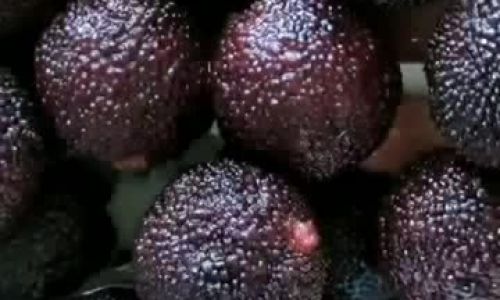
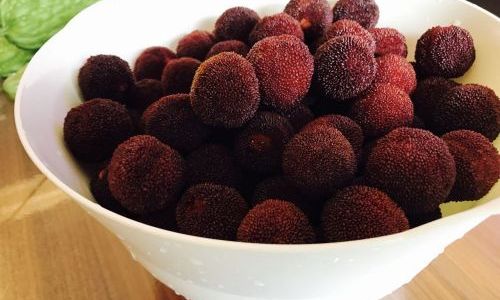
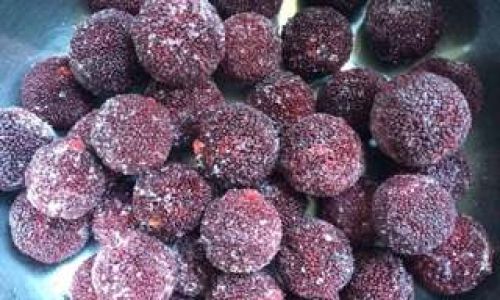
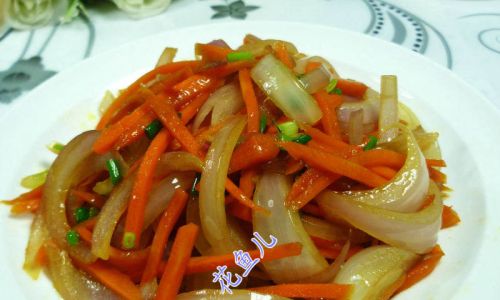
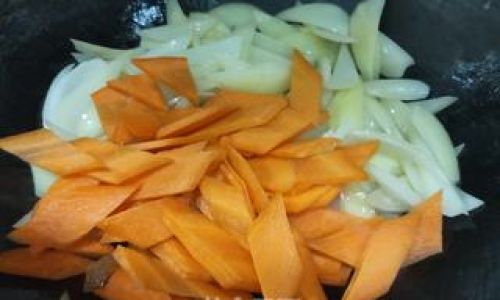
0 comments